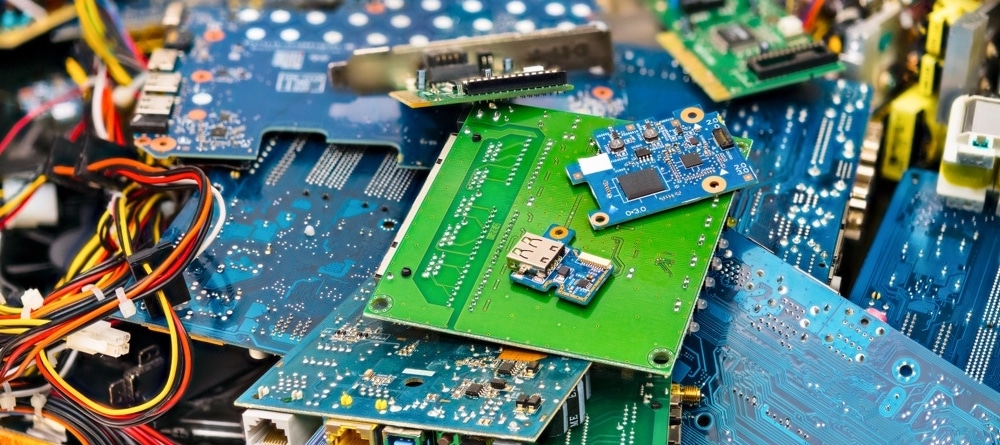E-Waste Recycling
Our latest E-mail campaigns for E-Waste Recycling
- Latest News on Hazardous, Toxic, and E-Waste Recycling November 20, 2025
- ♻️ Innovations in E-Waste Recycling Technology November 21, 2024
Experts for E-Waste Recycling
Xu Xifeng, the founder of Keson and vice president of Jiangsu Low Carbon Environment Design Institute of China. He has been engaged in solid waste recycling industry for more than 10 years, and has unique insights on solid waste overall solutions and resource recovery and sorting systems. He has visited well-known solid waste treatment companies in the Middle East, Europe, America and other regions, introducing standardized, refined and systematic management concepts of global top enterprises to his enterprises, and transforming advanced technologies and processes into productive forces. Within five years of solid waste sorting technology and waste resources in the field of rapid layout, his products are sold in 17 countries and more than 40 regions.

Tom Jansen
TOMRA RecyclingAfter studying Chemical Engineering at the Technical University of Eindhoven, the Netherlands, Tom started working as Sales Engineer at Innov-X Systems. He initially focused on selling handheld XRF equipment in the Benelux, while gradually extending the geographical territory over the years. From 2007 he was heavily involved in the pioneering of automated XRF sensor technology, bringing this new technology to the metal scrap market worldwide. Tom joined TOMRA Sorting (then Titech GmbH) in 2011 as Sales Manager responsible for the Metal Recycling market in the Netherlands and Belgium. Since then, in his role as Segment Champion for the ELV shredder segment, he has also supported the metal recycling market in the Middle East region, Italy, Greece and projects in several other countries.

Ankit Kalola
Fornnax Technology Pvt. LtdMr. Ankit Kalola serves as the Global Head – Sales at Fornnax Technology Pvt. Ltd, where he has played a pivotal role in shaping the company’s sales strategy and global footprint. A seasoned expert in shredding systems and end-to-end recycling solutions, he excels in building client-centric approaches, driving market penetration, and aligning technical solutions with customer needs. His strategic direction has significantly contributed to Fornnax’s success across diverse industries and geographies. Mr. Kalola’s leadership continues to fuel growth, innovation, and long-term partnerships worldwide. For further information or to connect with Mr. Kalola, please reach out at +91-9033077711 or email: info@fornnax.com.

Dan Fairest
M&J RecyclingAt M&J Recycling, my role as the UK & ROI Sales Manager centres on providing top-tier shredding solutions tailored to the waste and recycling sector's dynamic needs. My competencies lie in ensuring each solution aligns perfectly with our client's operational objectives. Capitalising on my 20-plus years of experience in the industry, my mission is to deliver reliable and innovative shredding technology that meets the rigorous demands of materials processing. My professional career is driven by the satisfaction of resolving complex waste management challenges, fostering long-term client relationships, and steering projects to completion with efficiency and precision.

E-waste recycling (or electronics waste recycling) is the process of recovering valuable materials, for example, plastics, glass, copper, and iron, from obsolete devices to use in new products. This reduces the need for new production.
Most electronics contain harmful materials such as cadmium, beryllium, mercury, and lead. In the responsible e-waste recycling process, these unhealthy substances are safely removed for human health and the environment.
E-waste recycling can have a positive impact on the environment by reducing the amount of waste sent to landfills and reducing the need for raw materials. It also can help to recover valuable materials that can be used to make new products. However, improper handling of e-waste can lead to release of toxic chemicals and metals that can harm human health and the environment.




















